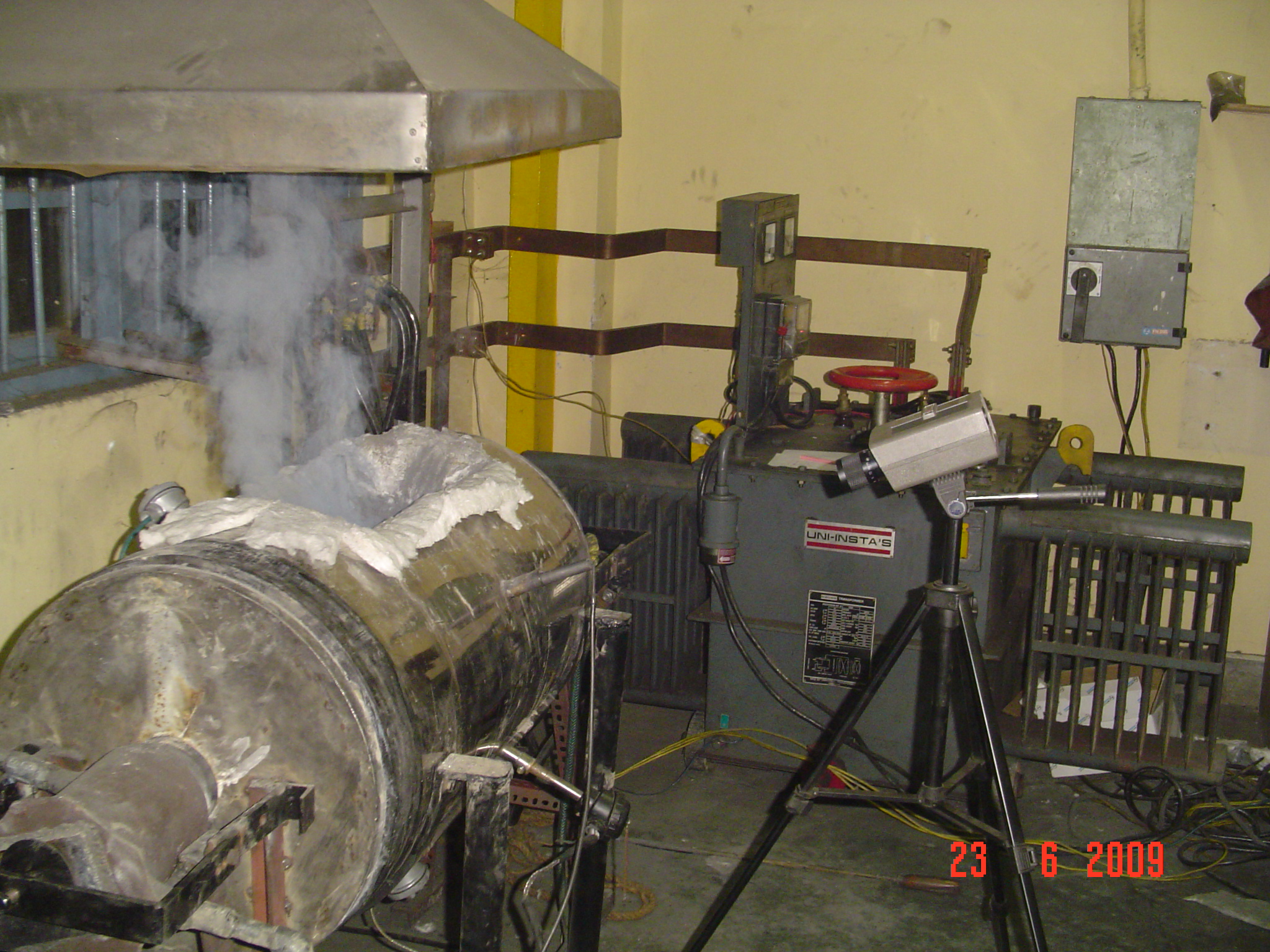Our Research Focus
At
RESCONS, our research group specialize in the broad area of process modelling,
which includes both experiments and theory.
We help chemical and metallurgical industries by optimising their processes for
better
productivity in terms of energy efficiency and raw materials
usage.
Many metallurgical smelting and chemical separation processes are
complex,
involving non-uniform
flow of particles, and one or two fluids. Modelling of these flows, as well as processes of
particle, drop, and bubble coalescence and break up, are critical to process
optimization. Therefore, our focus is on two aspects: Fundamental and
Applied
Research.

Important Fundamental Research Contributions :
⤷ RESCONS research group has introduced the concept of raceway/cavity hysteresis in the packed, spouted, and fluidized bed and explained its formation experimentally and theoretically. It has helped in understanding the processes which are occurring in these systems.
⤷ Our research group has also introduced a new concept of discrete liquid flow in porous media when the liquid flow is low orthe packing is non-wetting, as continuum theory failed to simulate these flows, which are discrete in nature. Discrete liquid flow theory has been verified experimentally. Many researchers are using this theory in various disciplines.
⤷ Our research group, for the first time, has proposed a method to determine the void shape and size in a packed bed using a graph-based data structure, which was lacking in the literature.
Important Applied Research Contributions :
⤷ Recently, the RESCONS research group introduced procedures to measure the powder static and dynamic holdup in multiphase flow based on mass balance and elutriation velocity concepts. This has solved the major controversy of different researchers obtaining different results in multiphase flow packed bed systems.
⤷ Our research group has also introduced a new flow visualization technique to visualize the flow in porous media using X-ray radiography and a new method to accurately measure the temperature up to 3500° C in the resistance furnace.
Current Research Activities
Gas-Liquid Flow through Packed Beds
Investigating the dynamics of gas-liquid interactions within packed bed systems.
Gas-Fines Flow in Stationary and Moving Beds
Examining the behavior of pulverized coal injection in blast furnaces.
Flow Visualization in Packed Beds
Enhancing understanding of flow patterns in packed bed reactors.
Raceway/Cavity Hysteresis in Beds
Analyzing hysteresis effects in stationary and moving beds.
Granular Flow in Packed Beds
Studying granular flow dynamics in Direct Reduced Iron (DRI) processes.
Granulation and Iron Ore Sintering
Exploring granulation processes and their integration with iron ore sintering.
Manufacturing of Silicon Carbide
Developing silicon carbide production technologies which is ready for industrial application.
Manufacturing of Boron Carbide
Advancing boron carbide manufacturing techniques which is ready for industrial application.
Spray Forming
Investigating spray forming techniques for advanced material processing.
REDA (Revolutionary Degassing Activator)
Innovating new methods for degassing processes.
Surface Treatment
Gas Carburizing Optimizing gas carburizing techniques which are ready for industrial adoption.
Surface Treatment
Pack Carburizing - Developing pack carburizing methods for enhanced material treatment.
Heap Leaching
Advancing heap leaching processes using discrete liquid flow theory for multi-particle systems.
Optimizing Zinc Coating on Ductile Iron Pipes
Utilizing CFD approaches to improve the zinc coating process.
Rare Earth Elements Extraction
Developing methods for extracting rare earth elements from phosphogypsum, with ADANI utilizing the technology.
Hydrogen Reduction of Iron Ore
Researching hydrogen reduction processes for iron ore beneficiation.
Green Ironmaking
Investigating sustainable practices in ironmaking, with ongoing collaboration with CSIRO (Australia).
Replacement of Sand with Blast Furnace Slag
Studying the feasibility of using blast furnace slag as a replacement for sand in water pipe inner coatings.
